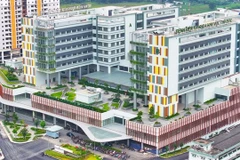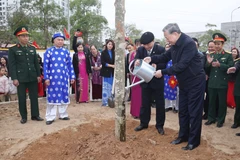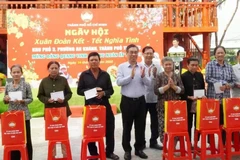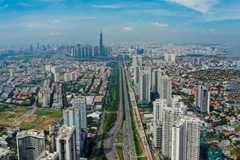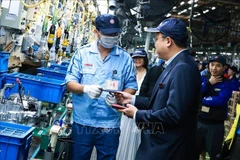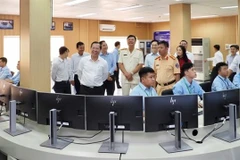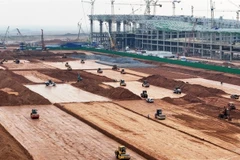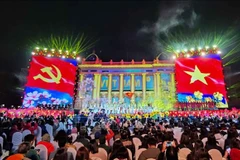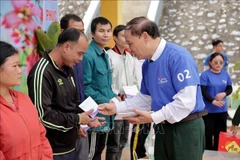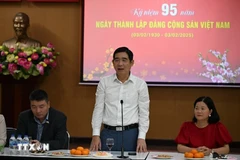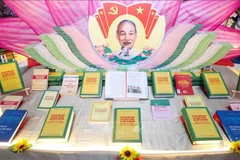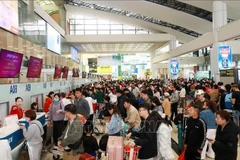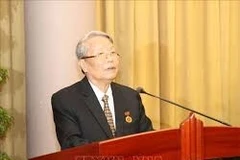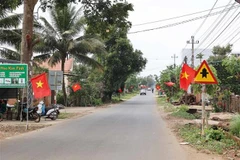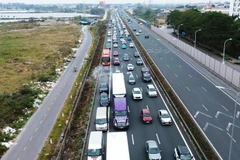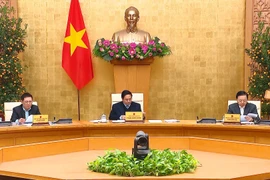Congestion has become an urgent issue in the twomajor cities, requiring synchronous measures in planning, traffic,construction, healthcare, education and training as well as proposals forpolicies and mechanisms.
The Ministry of Planning and Investment wasasked to establish the steering committee which will be led by the PrimeMinister and include a Deputy PM, the Minister of Planning and Investment, theChairmen of the Hanoi and HCM City People’s Committees and members of relevantministries and agencies.
Figures from Hanoi showed that about 20,000motorbikes and 8,000 cars are newly registered every month.
It is estimated the city will have about onemillion cars and seven million motorbikes by 2020.
Chairman of the municipal People’s CommitteeNguyen Duc Chung said the city would work with the police and trafficinspectors would be stationed at hotspots to ensure smooth traffic flow. At least500 policemen will be stationed at various locations in the inner city.
Meanwhile, in HCM City, traffic congestionsoccurs in many areas across the city, seriously affecting locals’ dailyactivities.
In 2016, the city had 37 traffic jam hotspots,especially in roads to Tan Son Nhat International Airport, Cat Lai port, thecity centre and routes from the outskirts to the inner city.
The city needs 38.3 trillion VND (nearly 1.7billion USD) for urgent projects to reduce traffic jams in 2017, and about323.9 trillion VND in 2016-2020.-VNA







